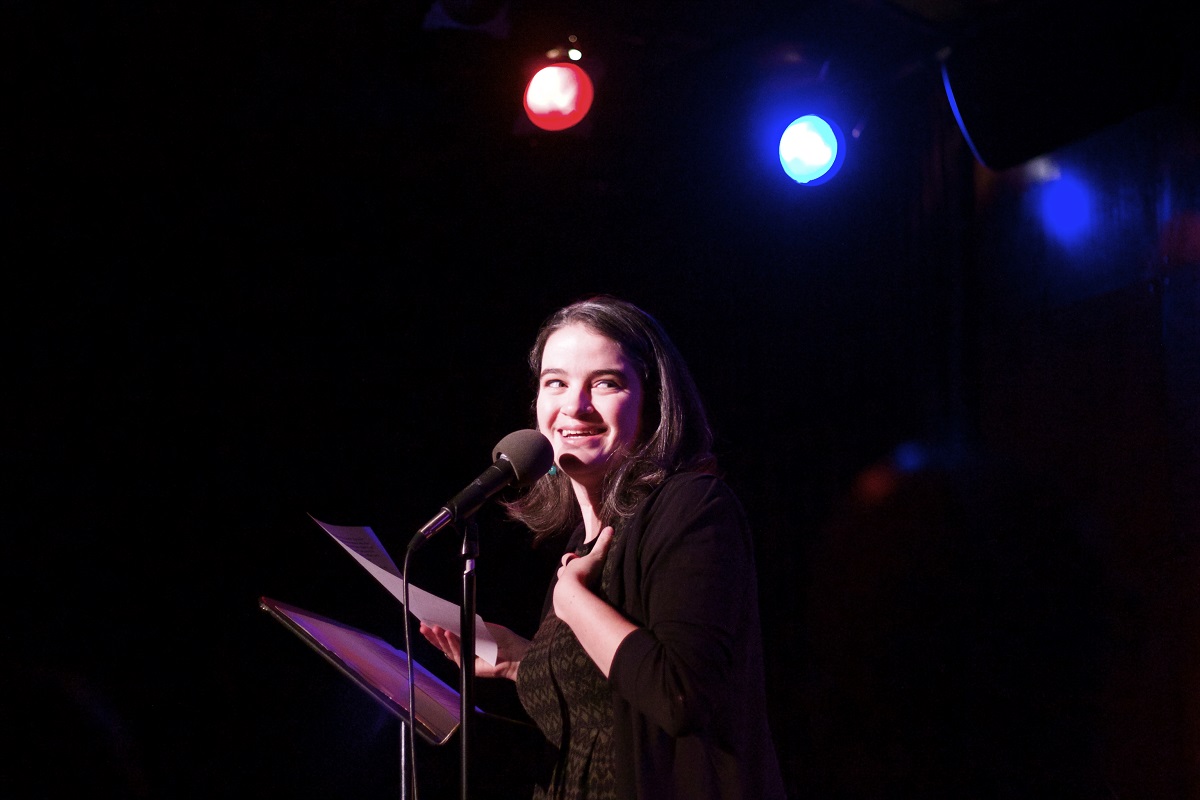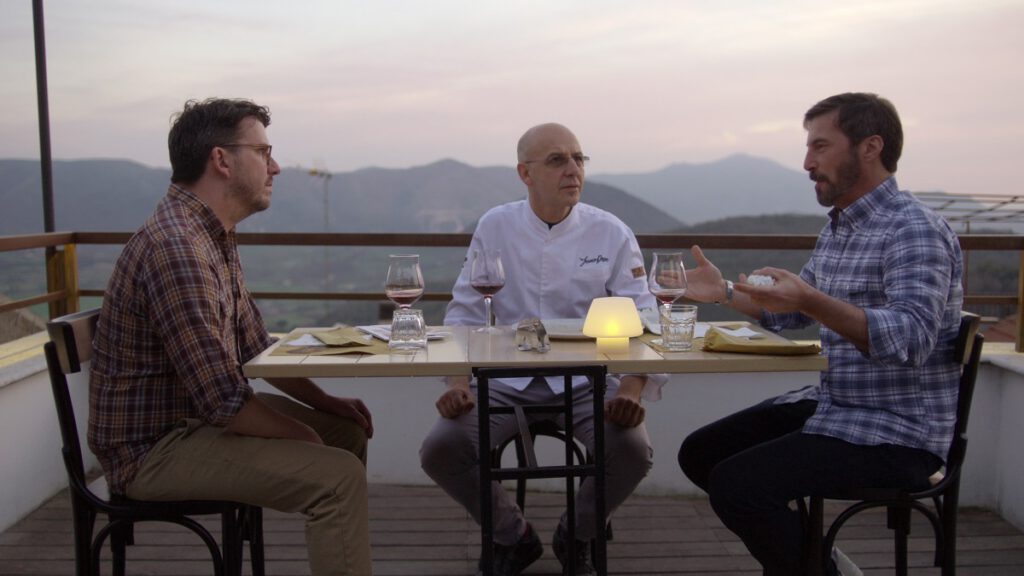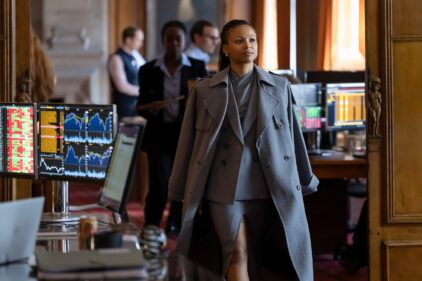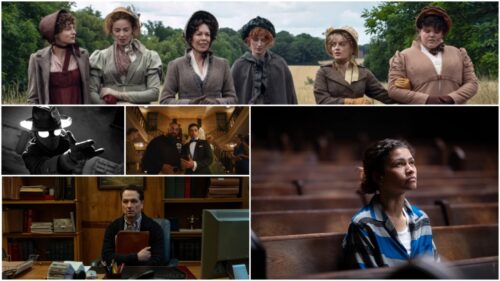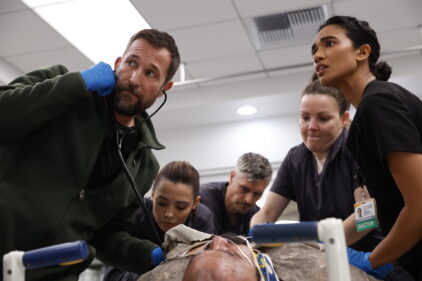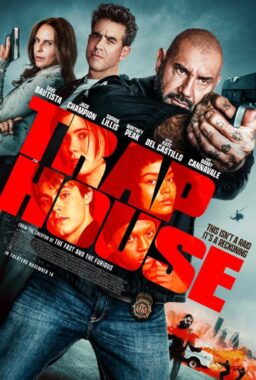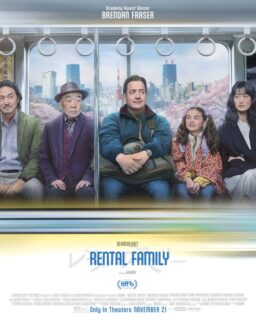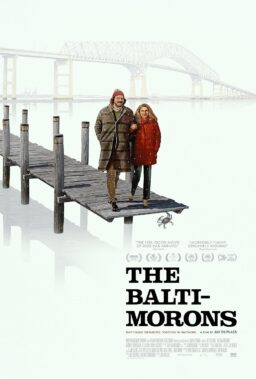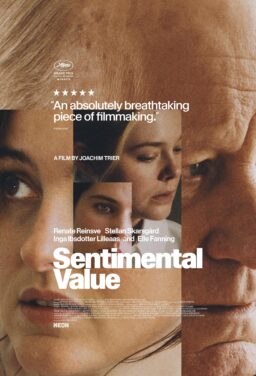If there’s one piece of advice I can offer to those about to dive into “Ugly Delicious,” the frustrating but mostly winning new Netflix documentary series from Morgan Neville (“20 Feet From Stardom”), Momofuku chef David Chang, and food writer Peter Meehan, it’s this: don’t watch while hungry. The greatest constant between these eight episodes is that the food is photographed in loving, almost sensual fashion. Dumplings glisten, meat sizzles, and basically every pizza looks like it might just be the best thing to ever touch your lips. That it looks so good is absolutely the point—this is a series that reveres food and the cultures from which they emerge—but it also underlines a bit of a fly in the ointment. It looks delicious, but not particularly ugly, and that’s part of what holds this engaging series back.
The concept is simple enough. Chang, Meehan, and a band of food writers, chefs, and celebrities travel the country and the world, digging into dishes and ingredients that might be considered either visually unappealing (as with the 25-pound lobster tower that arrives at the climax of the show’s penultimate episode) or may be perceived as low-brow (your average home-cooked meal, fried chicken, pizza). Using those meals as a jumping-off point, the series then explores questions of authenticity, appropriation, race, class, and nostalgia. Sometimes they skim the surface; at others, they allow things to get messy. But it always returns to the food, and the people who make it.

It’s a largely successful formula. The ideas and questions are big ones, and the meals are appetizing and interesting enough to continue to tug at the imagination, even as the conversations wander into broader fields. All of that works best when the focus stays on the cuisines explored and those who work in or study them; the frequent celebrity appearances can be range from charming to mostly inoffensive, though the overall effect gets a bit wearing (oh, great, here’s Jimmy Kimmel, and what a delight, here’s Aziz Ansari again.) But two factors insulate the series from any real sense of irritation. The first is that they’re all pretty likable and engaging, and the second is that they’re clearly, to a person, pretty damn thrilled just to be there.
That’s a bit of a double-edged sword, however. As the series goes on and the adventures feel more like romps, the effect is less one of a group of curious, thoughtful experts traveling, learning and asking questions, and more of a globe-trotting boys club. That’s not to say those involved are exclusively male, though the show certainly skews that way. Regardless of the gender makeup, however, there’s a sense that you’re peering into a world of well-heeled scamps, where the citizens dally from time to time with foods below their station and admit, sometimes begrudgingly, that they enjoy and even long for those foods. It plays as sincere and affectionate, but there’s something slightly condescending about it, too.
That’s a sensation heightened by the stylistic approach, which veers between glossy, intimate interviews and conversations and irreverent bits, for lack of a better term, which range from an animated depiction of the many ways to fold a slice of pizza to a moment of heightened grotesquerie in which Chang appears to elegantly lose a thumb before spraying a stark white kitchen with crimson. To say some work better than others is an understatement. When they’re good, they’re great, usually quick and colorful and linked to whatever else is happening in the story. When they’re bad, they’re the documentary equivalent of a bad sketch track on a hip-hop album—too long, distracting, and not as funny as the participants might thing.

Still, there are larger issues than a gloss of celebrity name dropping or the odd overlong joke. Despite the pleasures of “Ugly Delicious”—and there are many—the show has a tendency to skate right up to an interesting, difficult question and then skate away again. There are moments where the series digs deeper, with the sixth episode, “Fried Chicken,” a particular highlight. At their best, Chang, Meehan, and company let the contradictions and complications present in the ways we eat and live swell up and sit there, unanswered, because no easy answers exist. But at other times, the series prefers to arrive at some sort of tidy beat and move on to the next adventure. Think of it as pushing the complexity around the plate, rather than really digging in.
It’s well worth the occasional eye-roll or moment of frustration to spend these eight episodes exploring the landscape of “ugly” American foods with David Chang and Peter Meehan. It’s often fun, and sometimes something much more. To watch a Japanese chef tear up when told that his barbecue chicken is the best in the world, or a Mexican-American chef discover the desire to cook and live in the country her parents once called home is something lovely and rare. The pleasure that they, and nearly all those who appear in this series, take in the making, enjoying, and seeking out great meals is a joy to watch. If the occasional piece of silliness or over-simplicity is the price of admission, it’s a price well worth paying.
